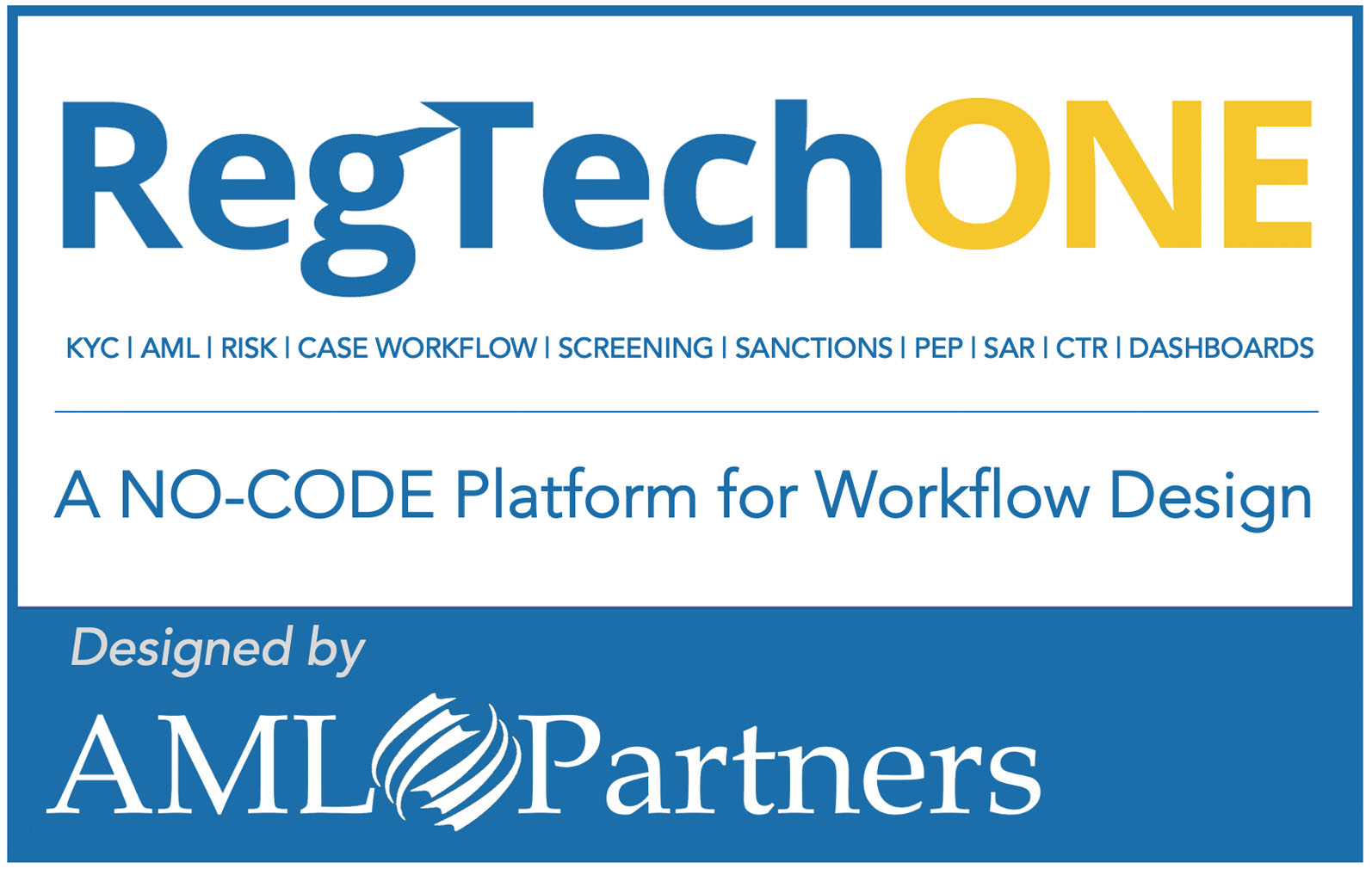
AML transaction monitoring software should automate monitoring of transactions, behaviors, case work, and more
Transaction monitoring software plays a crucial role in Anti-Money Laundering (AML) compliance for financial institutions and related businesses. AML transaction monitoring software helps identify and prevent suspicious activities by monitoring and analyzing financial transactions for signs of potential money laundering or other illicit activities.
Federal regulations in the U.S. and around the world set the requirements for remaining AML Compliant in the context of transaction monitoring. And the best transaction monitoring software solutions leverage behavior monitoring and machine-learning capabilities.
Key features of AML transaction monitoring software include the following:
- Real-time Monitoring: Transaction monitoring software continuously monitors transactions in real-time. This allows for quick detection of suspicious activities as they occur.
- Rule-Based Alerts: Transaction monitoring software uses predefined rules and criteria to generate alerts when transactions meet specific predefined patterns or thresholds that could indicate suspicious behavior.
- Behavioral Analytics: Transaction monitoring software today leverages behavioral analytics to identify deviations from normal transaction patterns. This helps detect anomalies that might not trigger rule-based alerts but are still indicative of potential illicit activities including financial crime.
- Risk Scoring: Transaction monitoring software assigns each transaction a risk score. The software bases the risk score on various factors such as transaction amount, frequency, parties involved, and more. Compliance specialists prioritize high-risk transactions for further investigation.
- Data Integration: Transaction monitoring software integrates with various permissioned data sources. These include internal transaction data, customer profiles, external watchlists, and regulatory databases. The software solutions should provide a comprehensive view of customer activities in the context of risk for financial crime and suspicious activity.
- Watchlist Screening: Transaction monitoring software should automatically check transactions against various international watchlists. These include lists like politically exposed persons (PEPs) and known criminals, sanctions lists, and more. AML regulations require institutions to monitor for transactions involving high-risk individuals or entities.
- Expected-behavior Profiles: Monitoring software creates and maintains profiles of expected behaviors for each customer type. This facilitates the establishment of baselines of normal behavior for each customer type. Understanding normal behavior helps institutions identify unusual behaviors and activities more accurately.
- Machine Learning and AI: Advanced machine learning and artificial intelligence techniques help transaction monitoring software adapt and learn. ML and AI can help flag new patterns of suspicious behavior. This improves the accuracy of alerts over time.
- Case Management: Transaction monitoring software should facilitate the management of alerts by providing a case management system. An integrated AML Case Management solution helps AML analysts review, escalate, and document their findings and actions. Integrated case management should greatly improve efficiency and accuracy in case management for AML.
- Automated Workflows: Transaction monitoring software should automate routine and manual tasks. This streamlines the investigation process and reduces the time required to resolve alerts.
- Reporting and Documentation: Comprehensive reporting capabilities help institutions demonstrate their compliance efforts to regulatory authorities and examiners. Transaction monitoring software generates audit trails and documents actions taken for each alert.
- Customization: Financial institutions can tailor transaction monitoring software to their specific risk profiles and compliance requirements. Institutions can configure rules, set thresholds, and determine alert triggers. No-code configurability delivers key flexibility and efficiency.
- Data Visualization: Interactive dashboards and visual representations of transaction data help compliance professionals identify trends and patterns more easily.
- Scalability: The software should be able to handle large volumes of transactions. This is key because financial institutions deal with significant numbers of transactions daily.
- Regulatory Updates: Regular updates to the software ensure that it remains compliant with evolving regulations and industry standards.
- User Access Controls: Role-based access controls restrict access to sensitive information. This ensure that only authorized personnel can view and manage alerts and cases.
Implementing robust AML transaction monitoring software helps financial institutions and businesses prevent money laundering, terrorist financing, and other financial crime. Achieving high-quality transaction monitoring remains a core expectation of AML Compliance. Today’s transaction monitoring software helps financial institutions achieve AML Compliance with peak effectiveness and efficiency.


